Merlot is a highly prized wine grape variety that yields wines with a saturated red color. Drinks made from it are full-bodied, with a balanced taste and select flavors. Merlot is native to France. It is one of the most widespread varieties in the Saint-Émilion and Pomerol communes. Besides in France, this culture can also be seen in Italy, the US, Moldova, Chile, Australia and others. Smaller plantations can also be found in Mexico, Argentina, New Zealand, Canada and China.
Merlot has medium-sized leaves that are serrated, dark green colored and covered in fuzz. The grape clusters are of medium size. The grapes are small and dark blue colored. The flesh is juicy. It is covered with a medium thick but tough membrane.
Merlot ripens relatively late. The wine harvest usually occurs in the last days of September. This variety is considered fertile. It requires stem trellises to grow on. A single vine yields 11 lb (5 kg) of grapes. The culture is sensitive to mildew but gray mold rarely affects it. Otherwise, the variety sometimes cannot handle the low temperatures of the winter months. Regions with excessively high temperatures are also not appropriate since the fruits ripen too quickly and the quality is just not the same.
History of Merlot

To a certain extent, the origins of this variety are shrouded in mystery. There are several different theories regarding its origins. It is presumed that there is a connection between it and the Carménère and Cabernet Franc grape varieties. But whether this is just guesswork or serious hypotheses that modern genetics will confirm remains to be seen in the near future. However, France is still considered the birthplace of Merlot. According to experts, it is the region of Bordeaux where the history of this emblematic grape variety began.
Presumptions are also being made regarding the origins of the name. Translated from French, it means small blackbird. Perhaps the name was inspired by the similarities between the color of the bird itself and the grapes. Merlot quickly managed to go beyond France and spread out across the world. Plantations with this famous variety exceed 100 000 ha, with this area expected to grow in the future.
Characteristics of Merlot
Merlot is of high economic importance. The young wines produced from this grape variety are characterized by a mellowness. Their color is cherry-like. Some productions come close to the color tones of the blue plum. However, when the wine ages, its characteristics change. Then we can find violet nuances. The plus side to the elixir of this sort is that aging makes it even more delightful for consumption. Similar to some of the most famous and exquisite alcoholic drinks, Merlot too can age for more than 10 years. The flavor of the wines produced in different parts of the world can vary. As such, in some regions you can taste a range of flavors.
Serving Merlot
Consuming Merlot relaxes and warms the body. It can be a true joy for the senses to behold as long as the wine is served in the right way. We must not forget that the pleasure in drinking wine lies in being able to sense its flavor and delight in its unbelievable taste.
Consider the temperature when serving the wine. It can vary but the temperature of the drink must be between 60°F (16°C) and 70°F (20°C). Don't forget to choose a suitable glass. You can go with the classic wine glass with a volume of 2/5 cup (100 ml). Remember not to fill it up all the way. The wine should only take up half of the glass.

Naturally, a good drink goes well with a good appetizer. This fully applies to Merlot as well. The specialties that suit it best are nutritious and fatty foods. It successfully complements most dry appetizers as well. Dishes of well seasoned veal are also an excellent addition to the grape elixir. If you happen to be a cheese lover, you can combine a favored Merlot with another favorite product - blue cheese.
Homemade Merlot
If you manage to get a hold of Merlot grapes, you can make a drinkable wine right at home. First, remove the rotten grapes, if any, the leaves and stems. Some manufacturers leave the stems in, retaining more tannins this way. Next, mash the material and put it in a container, a wooden keg is best. The size of the keg does not matter but know that the grapes must take up 2/3 of it at most. After pouring the material in the container, check the sugar content. It needs to be about 24%. If it is a lot less, you will have to use sugar.
If everything goes according to plan you will have fermentation within 2 days which lasts about a week. Mixing the material is recommended during that time. The temperature of the place designated for this process needs to be about 80°F (25°C). Another thing to keep in mind is that the sugar content needs to decrease by about 2% per day.
After this process, you can transfer the liquid to another keg where so-called "quiet fermentation" will take place for about 30 days. The keg needs to be sealed, with a hose coming out of it. The other end needs to be in another container with water. Once this process ends as well, it's time to decant. The marc is left in the fermentation container, while you now have a flavorful and drinkable Merlot wine.
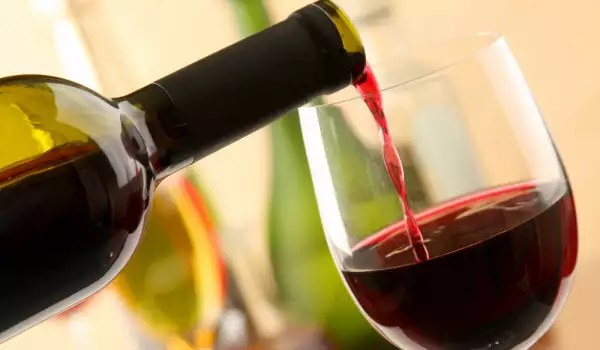
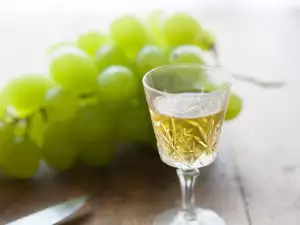
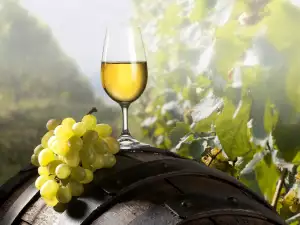


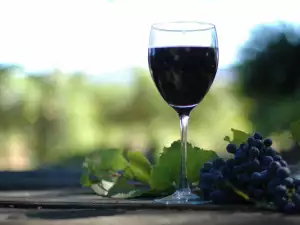

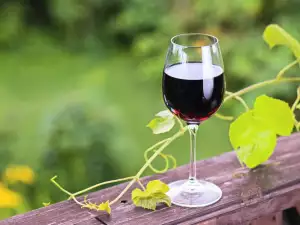
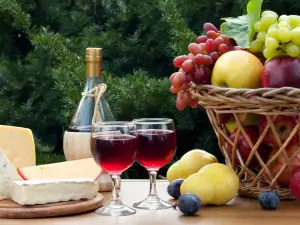

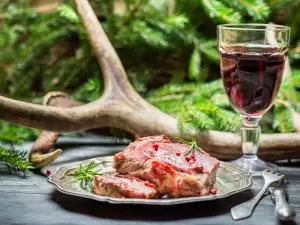
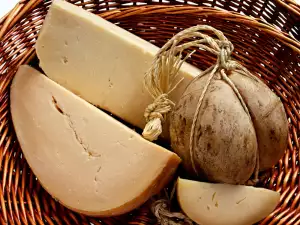


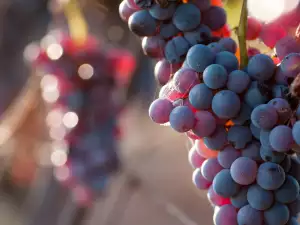

Comments